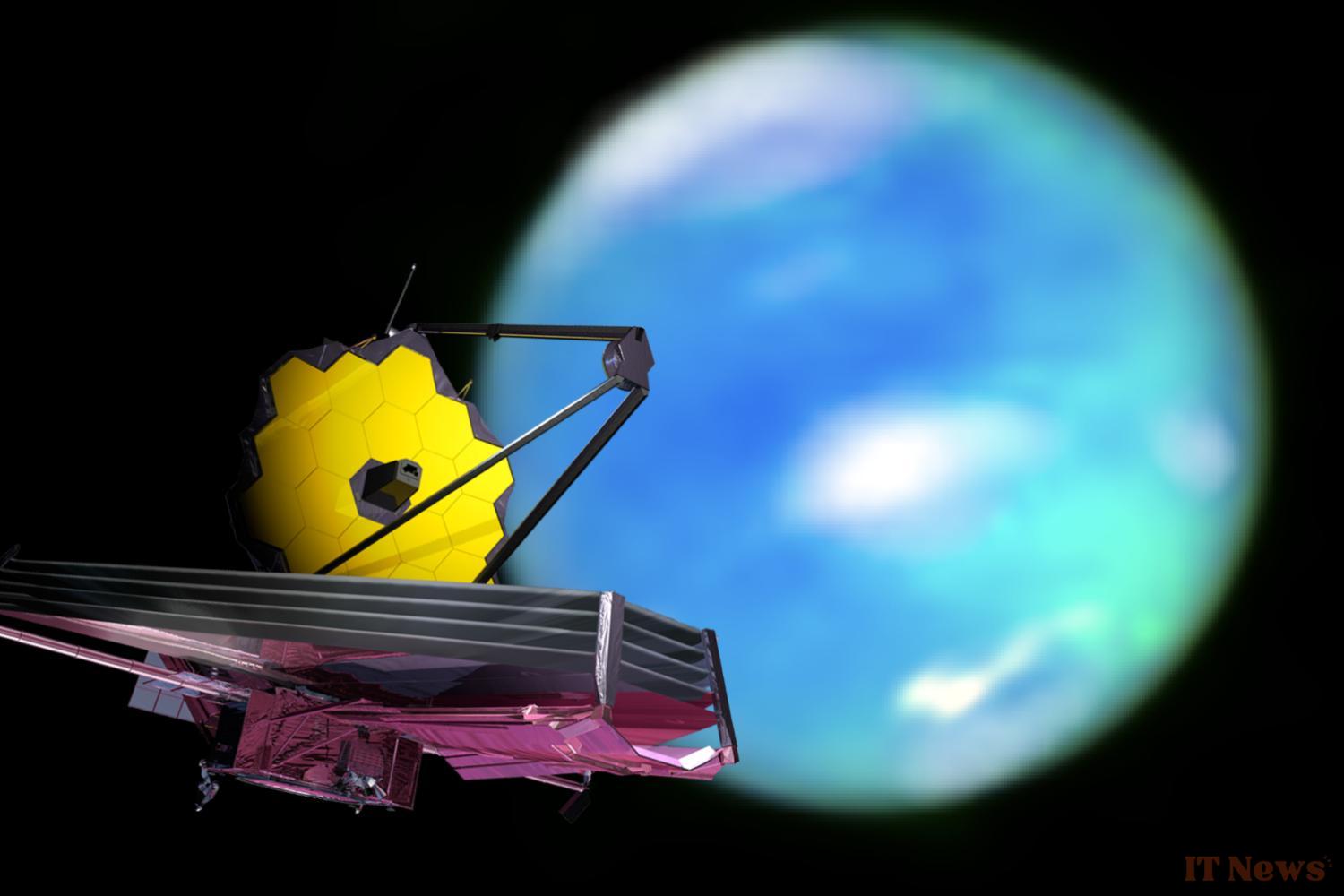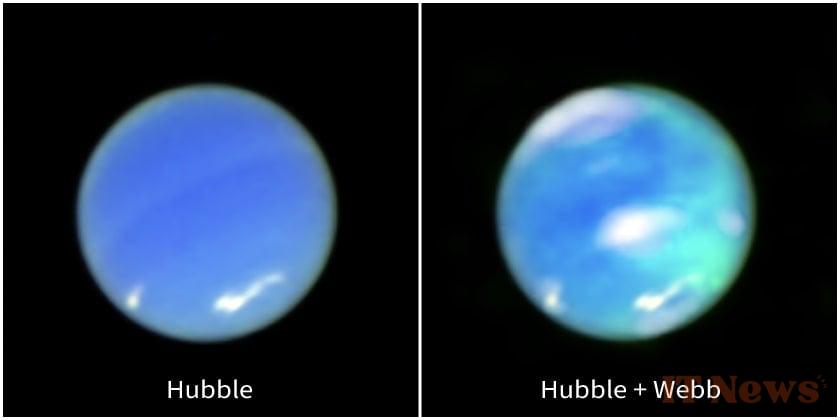NASA's formidable James Webb Space Telescope has struck again: for the very first time, it has managed to capture the auroras of Neptune.
Astronomers have long suspected that this gaseous planet located at the edge of our solar system was periodically traversed by auroras, majestic luminous phenomena that occur when charged particles become trapped in a planet's magnetic field. A few spacecraft, starting with the venerable Voyager 2 probe, had indeed observed some snippets of evidence pointing in this direction.
Until now, however, no space telescope had managed to photograph them directly. This has now been achieved thanks to the new darling of astronomers, who recently turned their ultra-sensitive sensors on the ice giant.
Aurorae unique in their genre
Thanks to these unprecedented images, his team was surprised to find that Neptune's auroras are quite different from those that regularly occur on Earth, but also on Jupiter or Saturn.
On all these planets, these variegated lights are generally confined to the poles, with the exception of certain rare cases that occur after particularly intense solar flares. This distribution is due to the geometry of their magnetic fields, which are relatively aligned with their axes of rotation. But this is not the case for Neptune. Its magnetic field is in fact strongly inclined, which has the effect of redirecting many charged particles towards more equatorial regions.
The other interesting point is that unlike terrestrial auroras, those of Neptune are not perceptible in the visible range. To visualize them, the authors of this work relied on one of the Webb's most powerful instruments, the NIRSpec.
This is a spectrograph, an instrument that analyzes the light emitted and absorbed by objects to determine their chemical composition. Once trained on Neptune, it quickly revealed that its ionosphere (the electrically charged layer of the upper atmosphere where auroras occur) contained a large quantity of trihydrogen cations (or H₃⁺). This is anything but a trivial discovery, as they are known to play a major role in the auroras of gas giants. But until now, no space telescope had managed to find any trace of it on Neptune.
"On all the gas giants—Jupiter, Saturn, and Uranus—H₃⁺ has been a clear indicator of auroral activity. We expected to see the same thing on Neptune, as we studied the planet over the years with the best available ground-based facilities," says astronomer Heidi. "It was only with a machine like Webb that we finally got this confirmation."
A drastic drop in temperature
The team also used the spectrometer to take a temperature reading on Neptune. This is valuable and rare data; The last time a spacecraft managed to do this was in… 1989, with the passage of Voyager 2. And this data contained a big surprise: Neptune's atmosphere seems to have cooled considerably since then!
“I was amazed,” explains astronomer Henrik Melin in a press release accompanying the photos. “Neptune's upper atmosphere has cooled by several hundred degrees. In fact, the temperature in 2023 was just over half that of 1989!,” he says.
This variation could explain why Neptune’s auroras have been so elusive until now. But more importantly, they raise a whole new and particularly vexing question: how on earth could the planet’s atmosphere have cooled so much in what, on an astronomical scale, is an extremely short timeframe?
It's entirely possible that the answer lies in a new, as yet unknown phenomenon. This is a very exciting prospect for astronomers, as it potentially represents a great opportunity to better understand the unique dynamics of the eighth planet in the solar system. They are therefore determined to conduct a proper investigation into the origin of this mechanism—and to do so, they will once again be able to rely on the revolutionary performance of the Webb.
"[Webb] has finally opened the doors to Neptune's ionosphere, the only one left hidden from us among the giant planets," concludes Leigh Fletcher, co-author of the article. "As we look to the future and dream of future missions to Uranus and Neptune, we now know how important it will be to have specialized infrared instruments to continue studying them."




0 Comments